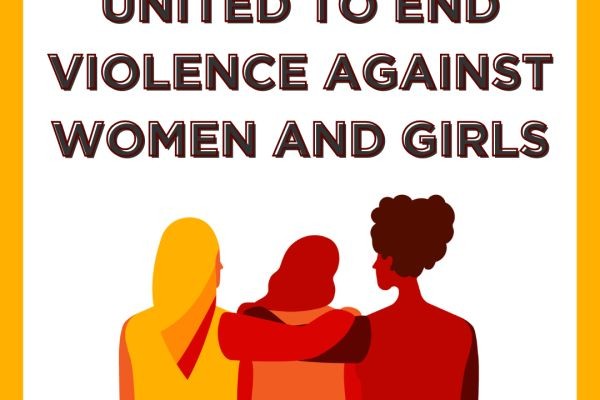Crimes involving violence against women are among the most under-reported and the least likely to end in conviction. Survivors often face significant obstacles due to gaps in criminal law and procedure, gender stereotypes, victim blaming and inadequate responses of criminal justice institutions and professionals, leading to secondary victimization. The ongoing COVID-19 pandemic has further reduced access to essential police and justice services for women, despite reports of increased levels of gender-based violence.
To end all forms of gender-based violence against women and girls by 2030, in line with Sustainable Development Goal 5.2, comprehensive and multi-sectoral solutions are required. Crime prevention and criminal justice responses are a key part of this approach. Since 2010, UNODC has been supporting countries to ensure that this is done in a victim-centered manner, in line with the updated Model Strategies and Practical Measures on the Elimination of Violence against Women in the Field of Crime Prevention and Criminal Justice and other related international standards and norms. UNODC offers targeted technical assistance, including through its Global Programme on Strengthening Crime Prevention and Criminal Justice Responses to Violence against Women (GLOW65) and in collaboration with its partners under the UN-EU Spotlight Initiative and the Joint UN Global Programme on Essential Services for Women and Girls subject to Violence.
- Promoting access to and functioning of criminal justice remedies to violence against women in the context of the ongoing COVID-19 pandemic through policy and operational advice and public advocacy
- Building capacity for the collection and analysis of relevant data on crimes involving gender-based violence, including victimization surveys and data collected by police, prosecution services or the judiciary
- Conducting assessments of national laws, policies and strategies, as well as their implementation by the different parts of the criminal justice system
- Closing legal loopholes and eliminating discriminatory rules and procedures, by providing legislative assistance and legal advice to review legislation based on international standards.
- Enhancing victim-centered responses to gender-based violence against women by developing and conducting capacity-building programmes for police, prosecutors, judges and other criminal justice professionals.
- Promoting specialized and coordinated approaches through the development of standard operating procedures or coordination mechanisms for all institutions in the criminal justice chain.


![The Way Of Hope choir | Ururembo Official Video [10 Years Anniversary of The Way Of Hope Concert]](https://i.ytimg.com/vi/uupoqpxpBig/maxresdefault.jpg)






